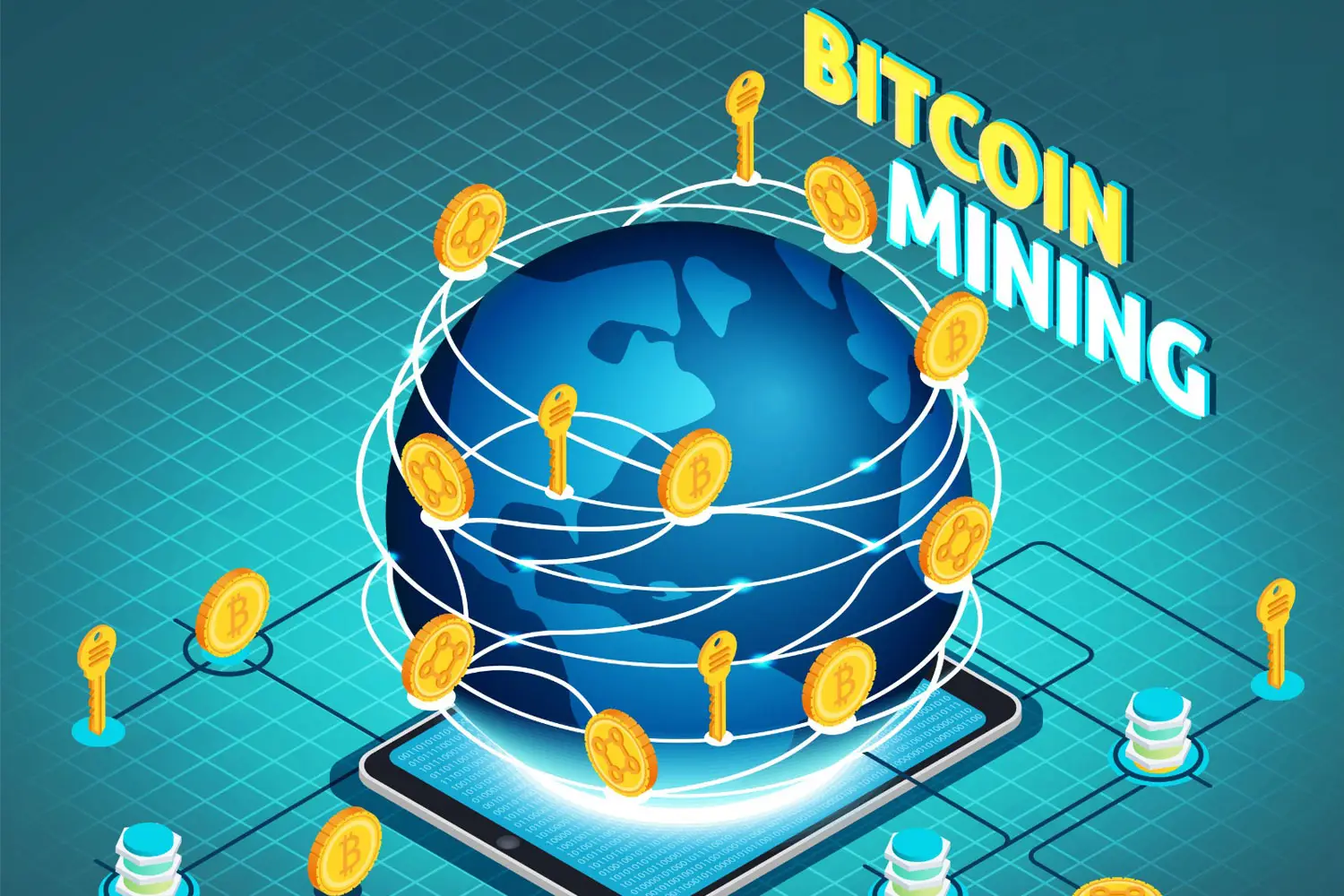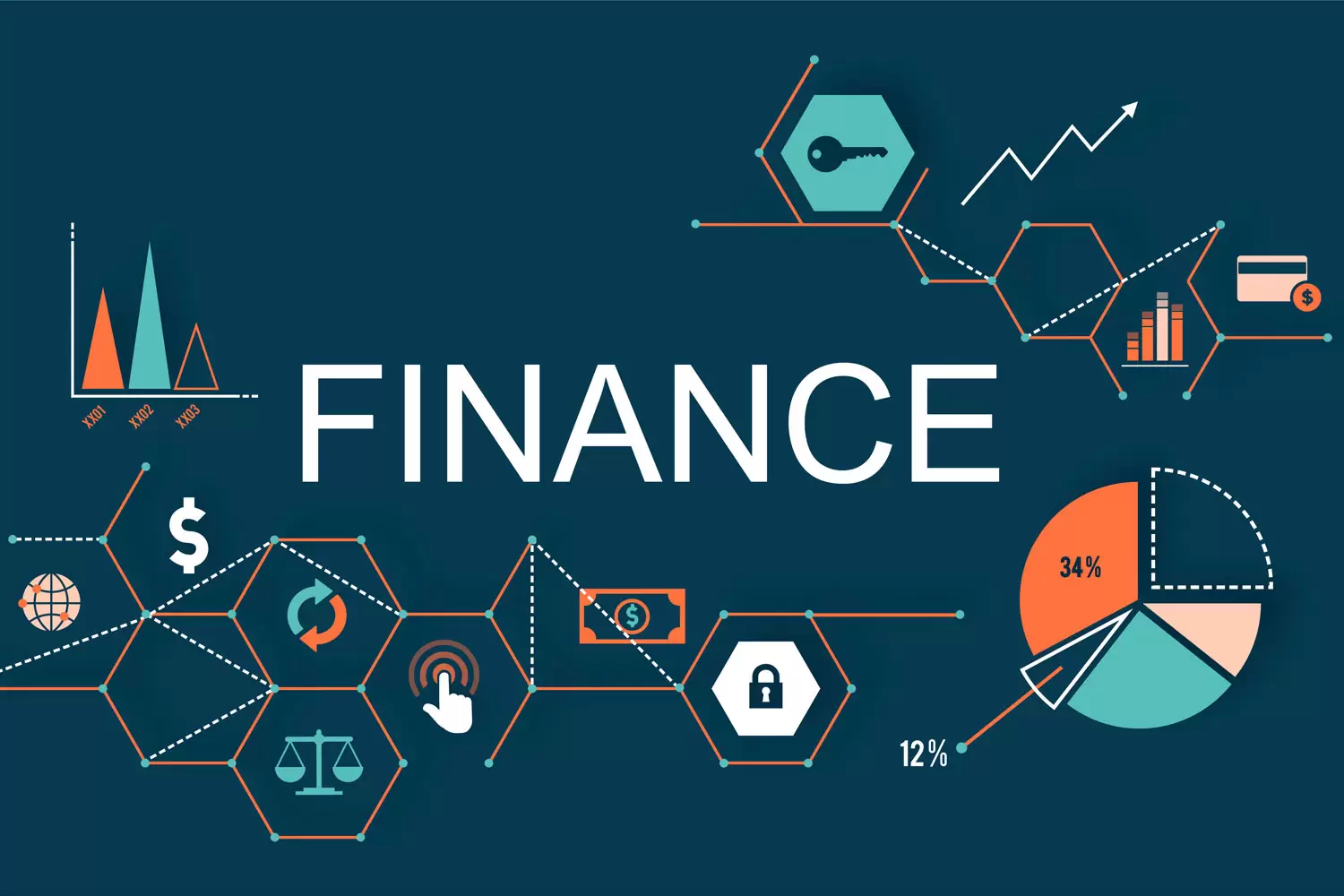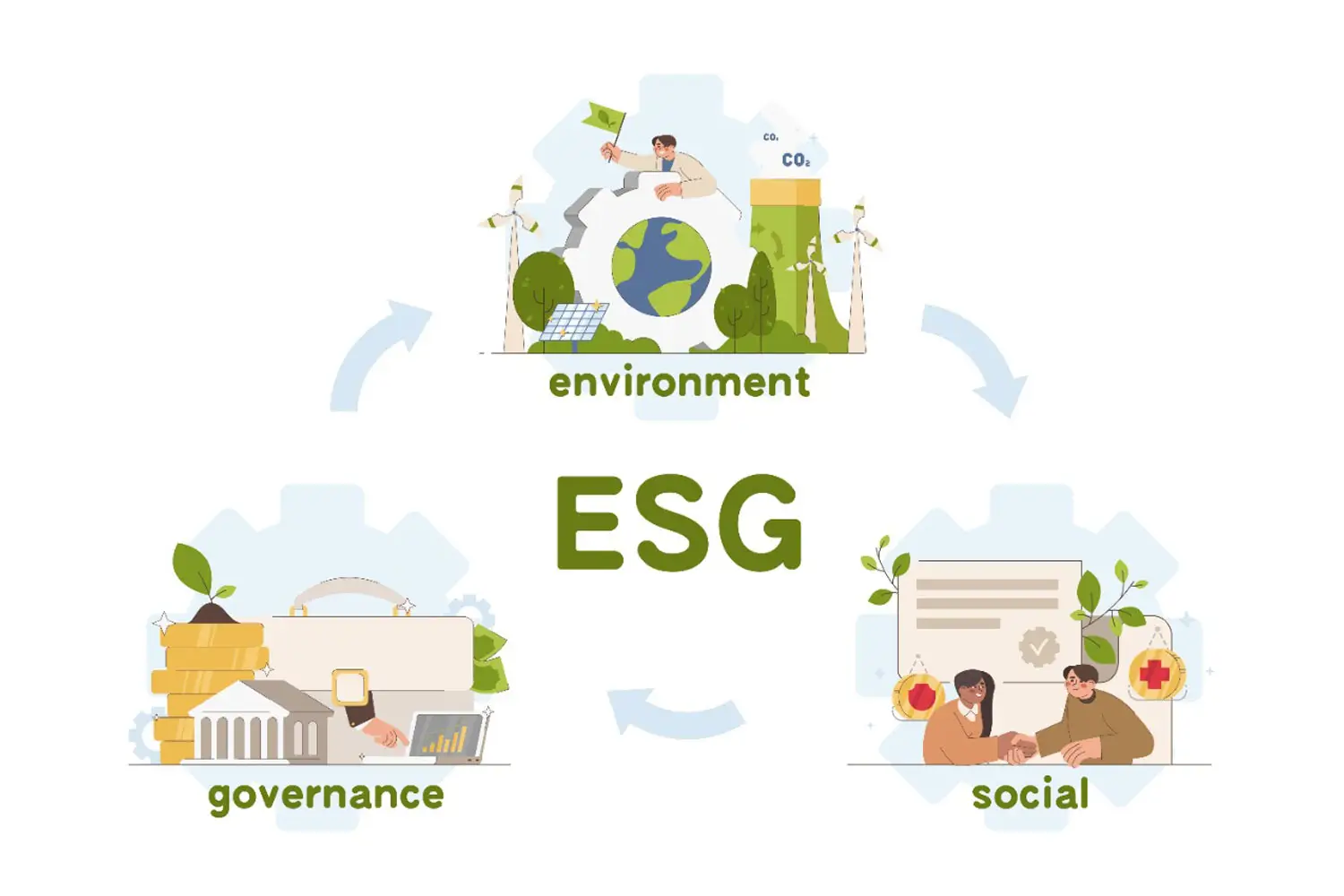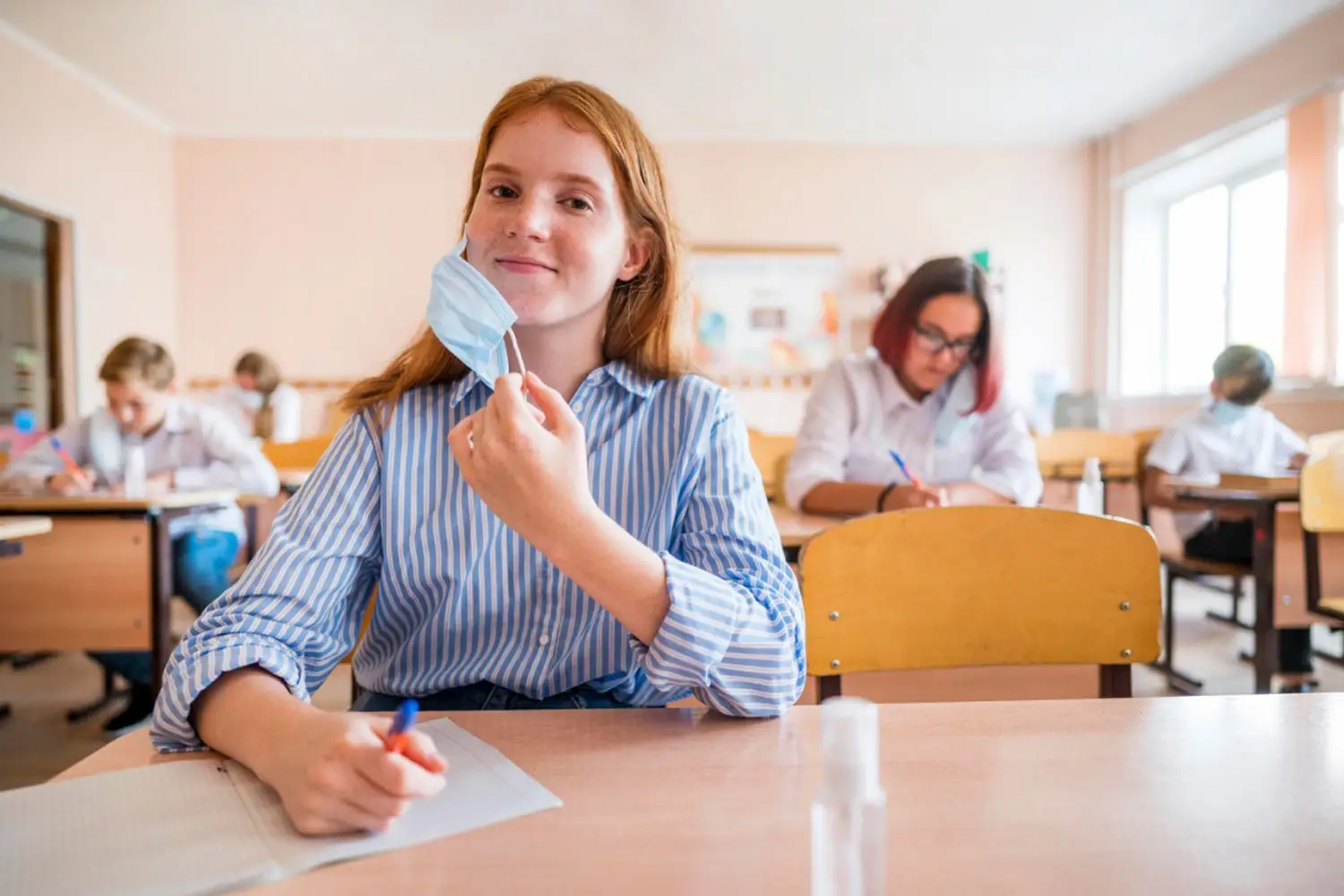Introduction & Purpose
Knowledge update and Industry update at Skyline University College (SUC) is an online platform for communicating knowledge with SUC stakeholders, industry, and the outside world about the current trends of business development, technology, and social changes. The platform helps in branding SUC as a leading institution of updated knowledge base and in encouraging faculties, students, and others to create and contribute under different streams of domain and application. The platform also acts as a catalyst for learning and sharing knowledge in various areas.
Dr. Osama Dorgham
From Different Corners
Graphics processing units (GPUs) have been a key component of high-performance computing for the past ten years, and they continue to make strides in emerging industries like cryptocurrency mining, the Internet of Things, autonomous driving, and massively parallel computing.
Mr. Mahmoud Alsakhnini
Lifestyle and Trends
Blockchain is a decentralized, distributed digital ledger that is used to record transactions across a network of computers. It uses cryptography to ensure the security and immutability of the recorded data.
Muhammad Shoaib
Accounting & Finance
ACCA is a globally renowned accounting body with an excellent reputation. ACCA qualification is an ideal option for students looking to pursue a career in finance or accounting as it is currently recognized in more than 180 countries around the globe. However, many students get confused when it comes to estimating the total cost of completing ACCA qualification.
Dr. Rahul Sharma
Accounting & Finance
Personal relationship has always been the core to the financial sector since beginning. People were dealing with a particular bank because of personal relationship with the person dealing with them.
Prof. J. Shanmugan
Retail and Marketing
The world is experiencing major challenges like pandemic, geo-political issues and climate change on one hand ,on the other hand almost every decade trade cycles, recession and inflation etc.,.
Muhammad Shoaib
Accounting & Finance
While preparing for the ACCA exams, distractions can be troublesome. To prepare well, last-minute mugging-up, late nights, and poor planning might do more harm than good.
Dr. Robinson Joseph
Lifestyle and Trends
The occurrence of certain events intends to drive the impossible to possibilities. One such occurrence was the global pandemic COVID-19, which has proven human beings ability to curb any situation and thrive forward.
CCL Department
Accounting & Finance
The respected Certified Management Accountant (CMA) certificate indicates to coworkers and companies that you provide value.
Mr. Venkata Kumar
From Different Corners
In the nineteenth and twentieth centuries, mathematics was the driving force behind virtually all technical and scientific advancements.
Dr. Alaa Momani
Lifestyle and Trends
Here's an experiment to illustrate how ambiguous and complex a term "the metaverse" might be: Replace the phrase "the metaverse" with "cyberspace" in your mind. Ninety percent of the time, the meaning will not vary significantly.













